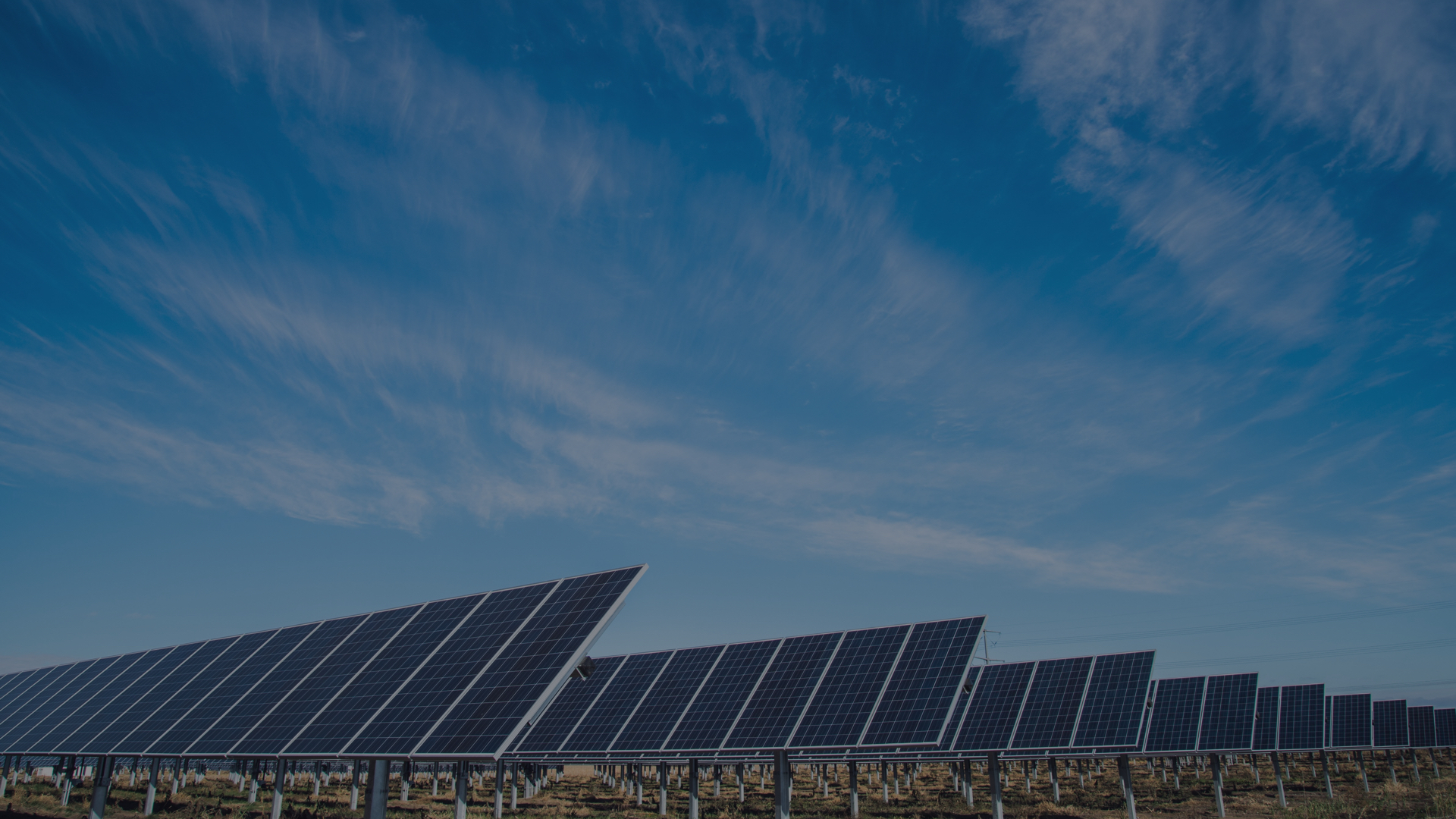When buying a product, it is always nice to know that it is fulfilling its intended purpose. Now, there is good news for households and small businesses that have installed, or are thinking of installing, solar panels.
Two years ago, very few homes in the UK could power themselves but thanks to the introduction of the Feed in Tariff in 2010, domestic photovoltaic (PV) systems have really taken off.
The benefits of a solar array are numerous, from reducing a household’s carbon output to greatly reducing its electricity costs. Homeowners around the country will be pleased to hear that 98 per cent of solar energy systems are performing to their specifications.
This figure comes from research undertaken by the University of Sheffield, which launched its Sheffield Solar Farm in August 2010. As part of this scheme, a website was set up in order for commercial organisations and households to document their energy generation figures over the past two years. These figures demonstrated that 98 per cent of the 2,000 solar arrays covered by the study are indeed performing well.
Aldous Everard, of the university’s Department of Physics and Astronomy, and who also runs the Sheffield Solar Farm, stated that studies like this are important in order to give the industry, government and general public a real insight into the efficiency of solar panels and what can be achieved by this technology. A heightened awareness will lead to reducing the country’s carbon emissions from energy generation as more people look to renewable energies.
Dr Alastair Buckley, also of the Department of Physics and Astronomy, commented on the effect of the steadily reducing cost of solar: “Costs are continuing to fall and most people now agree that solar energy is important for the future. As system costs continue to fall more and more people will be able to get a system.
“I think there will be a number of break points in the future, when typical systems can be installed at prices that more and more people can afford. It’s not just the return on investment that’s important for solar, but the actual price of the system.”
